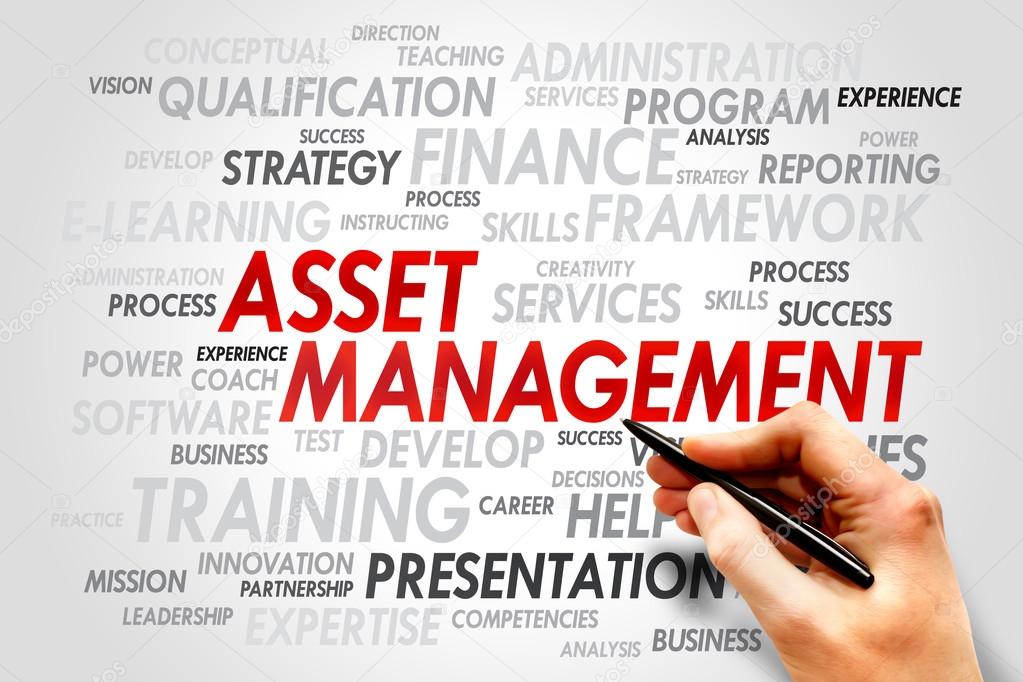What is Asset Management Software: Features, Requirements, and Benefits?
This article aims to help the reader understand why companies need to implement asset management software and what the potential benefits are. Companies that implement asset management software do so for specific reasons and will typically see more benefits than expected soon after implementation.
There are several main reasons why companies need asset management software. Typically, the most prominent drivers are visibility, increased efficiencies that lead to less labor, less spend, asset reuse, inventory visibility, action visibility, asset event-based warnings, risk management, security management, and management reporting.
The key to any asset management system is the asset register (or CMDB), usually with functionality built around the records of that register. Some help desk systems contain asset records, although they rarely provide the functionality and access needed to manage assets effectively. Low-cost asset registries typically do not provide the flexibility to configure your applications as needed.

Common Requirements in Fixed Asset Management Software
When companies approach ICIGAI for a fixed asset management solution, they usually have one or more of the following requirements in mind:
- Simple asset register to assist in corporate governance
- Depreciation calculation and financial asset management
- Asset life cycle management
- Barcode: Marking and periodic scanning of assets to ensure correct stock
- Planned Maintenance: Maintenance of machinery
- Asset performance reports and asset KPI reports
These companies will generally reap all of the above benefits relevant to them, and the following unexpected benefits often apply as well:
- Simple reports on the aspects of inventory according to the different classifications
- See and reuse storage assets
- See asset reliability by manufacturer, model and user
- Reduce asset purchase costs through reuse and price comparison
- Automatic asset history update through integration with other systems
- Update other systems through integration with asset management software
- Email alerts on key events such as spare parts stock thresholds, disposals and capital acquisitions
- Helpdesk can instantly attach an asset to an incident to facilitate quick resolution
Modeling expected consumption
Common Requirements in IT Asset Management Software
When companies approach ICIGAI for an IT asset management solution, they usually have one or more of the following requirements in mind:
- Network Discovery to discover IP based devices
- Maintenance of manually entered IT assets
- Manage software assets and software licensing compliance
- Integration with other systems such as SCCM, SMS, Active Directory, System Center and HP Webjet
- barcode
- Contract management
- Asset life cycle management
- Service management and helpdesk

These companies will generally reap all of the above benefits relevant to them, and the following unexpected benefits often apply as well:
- Simple reports on the aspects of inventory according to the different classifications
- See and reuse storage assets
- Inventory integrity through integration with many existing systems and discovery
- IMACS: Reports on changes between two points in time
- Complete inventory of monitors, printers, virtual machines and peripherals
- Management of intangible assets such as intellectual property, documents, patents, contracts, leases and copyrights
- Full visibility of the software license compliance position
Financial Benefits
Gartner and Metha groups, based on US data, have suggested that 10-40% of IT costs can be saved through effective IT asset management. We’ve also seen similar savings in other aspects of asset management outside of IT. These cost savings typically come from the following:
- Reuse of software licenses
- Helpdesk efficiency in reducing call resolution times by seeing assets
- Reuse of storage assets
- Well managed and maintained assets last longer and can be withdrawn later
- The ability to crack down on inventory changes as they occur (for example, when a user installs software)
- Centralizing purchases and savings through bulk purchases
- Management of intangible assets such as intellectual property, documents, patents, contracts, leases and copyrights
- Full visibility of the software license compliance position
Manpower Benefits
Asset management software usually saves the workforce time by providing quick access to relevant information:
- The helpdesk has instant access to a computer to view programs, disk space, and recent changes
- Employees can quickly find and quickly deploy a stored asset
- When servers are down, failover and replacement equipment are already documented
- Centralized procurement means that unskilled employees waste no time contacting suppliers
- Updates are easier to implement because you have full visibility of the assets to update
- The Board of Directors has access to relevant charts and reports, which saves management time
- Management of intangible assets such as intellectual property, documents, patents, contracts, leases and copyrights
- Full visibility of the software license compliance position

Other Benefits
Outside of financial and labor benefits, companies typically enjoy the following benefits when implementing asset management:
- Increase asset reliability through scheduled maintenance
- Increase asset reliability by proactively detecting unwanted changes
- Legal compliance in terms of SOX, software licensing and corporate governance
- Set conditions for disposing of assets that may pose a business risk when they reach a certain age
- Ready reports for auditor visits
- Centralized management of the entire asset base
Service Management
Service management cannot be effective without it being tightly integrated into the asset register or CMDB. The service desk will have difficulty resolving calls without seeing the asset, its specifications, its history, its recent changes, and its users and usage history. For these reasons, we have created integrations for leading help desk applications and also provide a service desk system within our products to enable customers to implement asset-centric service management as part of their asset management implementation.

What to Look Out For
The key areas to look for in an asset management software are:
- Scalability to support large organizations
- Configuration – Meet customer requirements for customizable business processes and models
- Programmability: Capable of meeting any requirements with APIs, languages, and other access points
- Integration: A standalone asset management system has limited utility
- Stability – Ensure your selection has a large user base and business pedigree
- User Experience: Each user sees only the functions and processes they need
- Solution Integration: functionality for what you need today and what you need tomorrow
- Support – A great return on investment can only become a reality with excellent support from vendors.
ICIGAI provides one of the most configurable applications available. We allow the configuration and development of forms, queries, reports, menus, dashboards, layouts, user profiles, user groups, and data recognition. With ICIGAI asset management software, it is possible to create completely new business functions and workflows from the out-of-the-box package, effectively we can meet any asset-centric requirement, usually without programming.
What to do now?
Decide a starting point for your approach based on whether your need is primarily related to financial asset management and depreciation, IT asset management, planned maintenance, or asset-centric service management. List your key requirements and scour the web for sites like this one that will help you figure out what other features and benefits might come in handy. Review the tools that meet your requirements based on functionality, benefits, features, architecture, company position, support policies, and costs, and then engage with vendors to ensure those products meet your requirements. or exceed your requirements.
